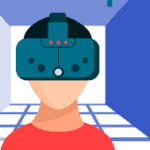Immersive Training for Real-World Readiness
Immersive Training for Real-World Readiness
Immersive Training for Real-World Readiness
Our Services
At VRT-U, we develop customized Extended Reality (XR) solutions that leverage cutting-edge technologies such as computer vision (CV), spatial computing, and artificial intelligence/machine learning (AI/ML) to address real-world challenges. Our focus on intuitive design ensures that these tools enhance efficiency, reduce errors, and simplify complex tasks across industries like public safety, defense, healthcare, logistics, and education. By integrating features such as real-time data visualization, hands-free controls, and intelligent task verification, our solutions empower users to make informed decisions and master critical skills.
We also prioritize education and awareness, creating innovative tools that make immersive technologies effective for training and learning. From designing training simulations to building operational interfaces and systems, VRT-U ensures accessibility for both novice and experienced users. Additionally, we engineer smart imaging solutions powered by CV and AI/ML that automatically generate 3D models for adaptive training scenarios. Our commitment to user-centered design and technical excellence ensures reliability, drives engagement, and prepares users to excel in rapidly evolving environments.
What is Extended Reality (XR)?
XR is an umbrella term that encompasses technologies like Augmented Reality (AR), Virtual Reality (VR), and 360° video.

Virtual Reality
Virtual reality is an artificial environment that is created with software and presented to the user in such a way that the user suspends belief and accepts it as a real environment.
One form of virtual reality is a 3D image that can be explored interactively at a personal computer or by wearing a device. Further options involve wrap around screens and devices that give the illusion of touching the images.
Virtual reality (VR) has the potential to revolutionize employee training by allowing the user to experience the training rather than read a manual.
Augmented Reality
Unlike Virtual Reality, Augmented reality (AR) does not replace the user's current environment, but enhances, modifies or 'augments' that the current, physical, real-world environment overlaying additional elements to the surrounding environment using computer-generated sensory input such as sound, video, graphics or GPs data.
The advantage of AR is that trainees can receive hands-on experience in real-world scenarios in a safe manner that enhances memory retention without disrupting production line.

360° Video
360° videos, also known as immersive videos or spherical videos, are audiovisual recordings where a view in every direction is recorded at the same time. During playback the viewer experiences a substituted environment that surrounds the him, allowing him to look around them in all directions, just as they can in real life. In addition to live and previously captured video 360° VR may include pre-rendered computer graphics imagery.
The 360° video enhances training performed in a physical environment such as pilot and driver training, surgery, undersea and space exploration training.
“As the Internet of things advances, the very notion of a clear dividing line between reality and virtual reality becomes blurred, sometimes in creative ways.”
― Geoff Mulgan
Contact Us
